Some pressure measurements are used to indirectly derive another type of measurand. One of these is the Rate of Flow of a gas or liquid. The flow rate along a closed pipe is directly proportional to the square root of the pressure drop or differential pressure between two points.
Since the relationship is non-linear there is a greater change in flow at low pressures compared to higher ones. In order to optimize the resolution of flow measurement the output on some differential pressure transmitters can be altered so that it is directly proportional to the flow rate rather than the differential pressure.
Linear to Square Root Conversion Formula
The following formula can be used for converting a linear 4-20mA current loop output to a square root extraction type:
[Output Sq Rt] = 4mA + (4 x Square Root of ([Output Linear] – 4mA))
The reverse formula for converting a square root extraction output to a linear one is:
[Output Linear] = 4mA + (([Output Sq Rt] – 4mA)^2 / 16)
The following table shows values for linear to square root extraction and vice versa (please note all conversion values are rounded to 2 decimal places):
Linear to Square Root Conversion Table
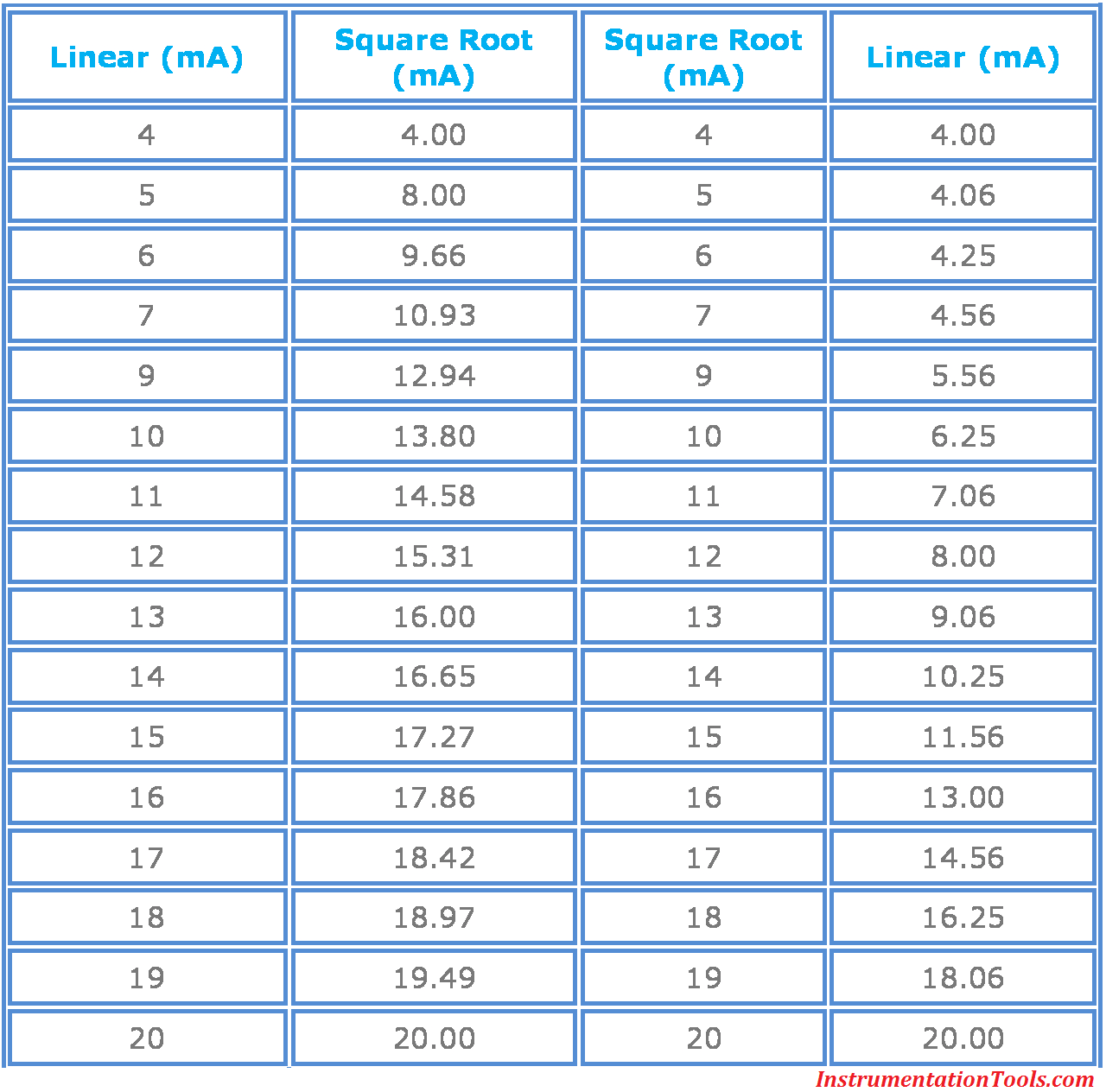
If you liked this article, then please subscribe to our YouTube Channel for Instrumentation, Electrical, PLC, and SCADA video tutorials.
You can also follow us on Facebook and Twitter to receive daily updates.
Read Next:
- 4-20 mA Formula & Convert
- Linear % To Square root %
- 3-15 psi to 4-20mA Convert
- Pressure Switch Principle
- Control Loop Testing

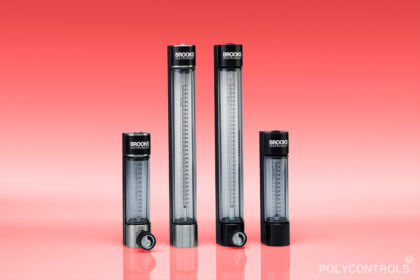
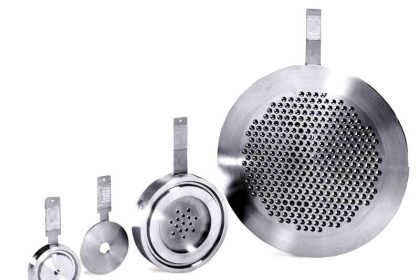

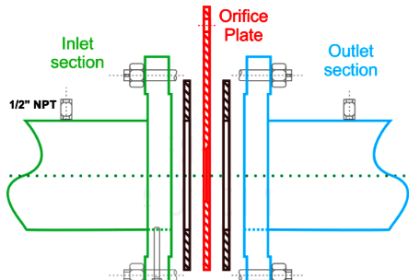
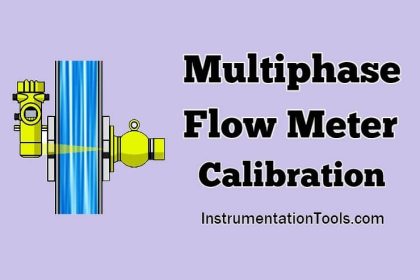
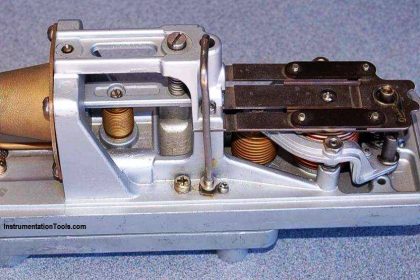
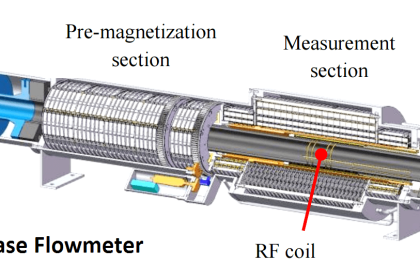


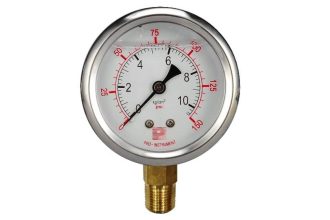
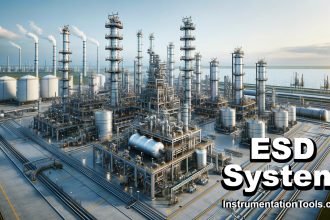
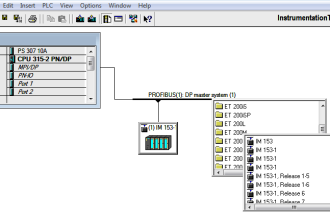

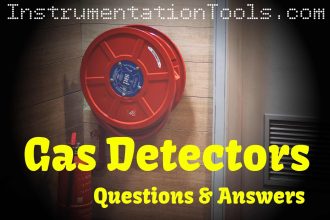
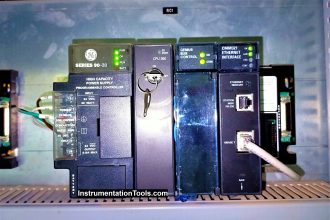

Hello Sir,
8 mA is missing in the above table.
Descriptions is very good
Please derive an example calculation?